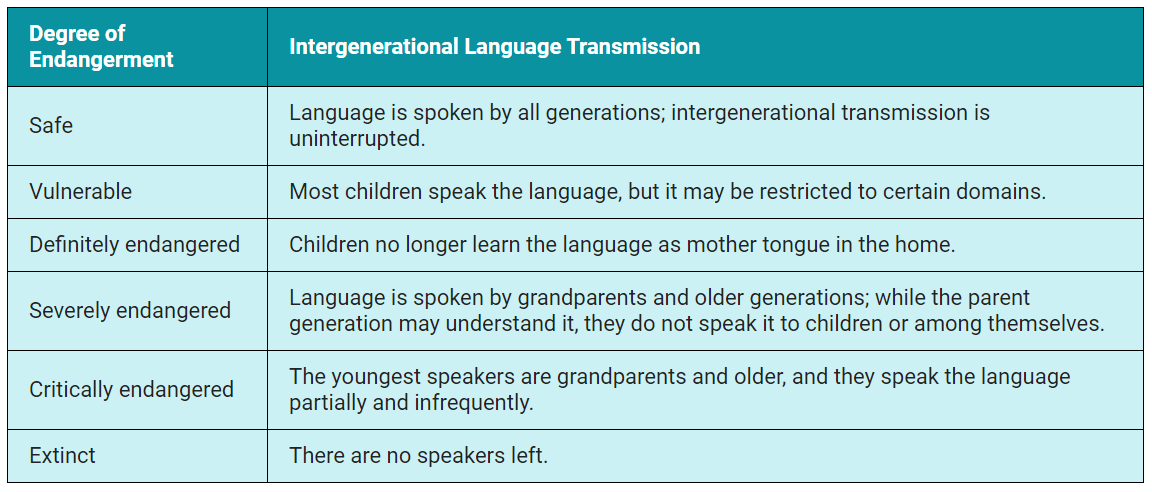Language of the Tangams | 14 Jul 2020
Why in News
Recently, the Chief Minister of Arunachal Pradesh has released a book titled “Tangams: An Ethnolinguistic Study Of The Critically Endangered Group of Arunachal Pradesh”.
- The book has valuable data on endangered oral narratives like ritual songs, lamentation songs, lullabies and festival songs in Tangam language spoken by the Tangam community, which has reportedly 253 speakers left now.
Key Points
- Tangam People:
- It is a little-known community within the larger Adi tribe of Arunachal Pradesh which resides in the hamlet of Kugging in Upper Siang district’s Paindem circle.
- For long, the only account of the Tangams could be found in a book, “Tangams” (1975) where the community’s population was pegged at 2,000 spread across 25 villages.
- Tangam Language:
- Tangam is an oral language that belongs to the Tani group, under the greater Tibeto-Burman language family.
- It has been marked ‘critically endangered’ by the UNESCO World Atlas of Endangered Languages (2009).
- Reasons for its Decline:
- Low population: Smaller languages are more vulnerable and extinction is directly proportional to population.
- Another critically endangered language is Meyor but it is better off than Tangam because the community has a population of around 1,000 people.
- Multilingualism: Tangams have become multilingual over time to communicate with their neighbours.
- Kugging is surrounded by a number of villages inhabited by Adi subgroups such as Shimong, Minyongs, as well as the Buddhist tribal community of Khambas, among others.
- Less or No Use of Tangam: They rarely speak their own language now because their population is restricted to a single village. Moreover, they are relatively unknown even within the state so there was no possibility of its expansion.
- Lack of Development and Infrastructure: The village lacks proper infrastructure in all basic sectors of education, health, drinking water facilities, road and electricity. Not a single person from the community has gone to a university.
- Low population: Smaller languages are more vulnerable and extinction is directly proportional to population.
Languages of Arunachal Pradesh
- There has been no systematic, scientific or official survey on the number of languages in Arunachal Pradesh till recently.
- An official linguistic survey by the state government began only in 2018, which is currently underway.
- Before that, People’s Linguistic Survey of India was published in 2017.
- According to experts, there are around 32-34 languages with a disclaimer that it is not a conclusive figure.
- If various linguistic varieties or dialects embedded within these languages are enlisted then the numbers can go up to 90.
- The languages of Arunachal Pradesh have been classified under the Sino-Tibetan language family and more specifically under the Tibeto-Burman and Tai group of languages, such as Lolo-Burmish, Bodhic, Sal, Tani, Mishmi, Hruissh and Tai.
- The education system introduced Devanagari, Assamese and Roman scripts for most tribal languages but new scripts such as Tani Lipi and Wancho Script have been developed by native scholars as well.
- According to the UNESCO Atlas of the World’s Languages in Danger, more than 26 languages of Arunachal Pradesh have been identified as endangered with the degrees ranging from ‘unsafe’, ‘definitely endangered’ to ‘critically endangered’.
- Risks:
- The diversity of languages has led various communities to depend on English, Assamese and Arunachalee Hindi as the link languages.
- The younger generation of various tribes, especially in the urban areas, has mostly discarded the use of their mother tongue.
Way Forward
- The study for the book took a multidisciplinary approach by taking into account not only language but also rituals, folklore, food habits, belief systems, etc.
- The book will help future children retain their unique identity as an ethnolinguistic group and will appeal to those interested in ethnolinguistics, anthropology and folkloristics of lesser studied tribes.

